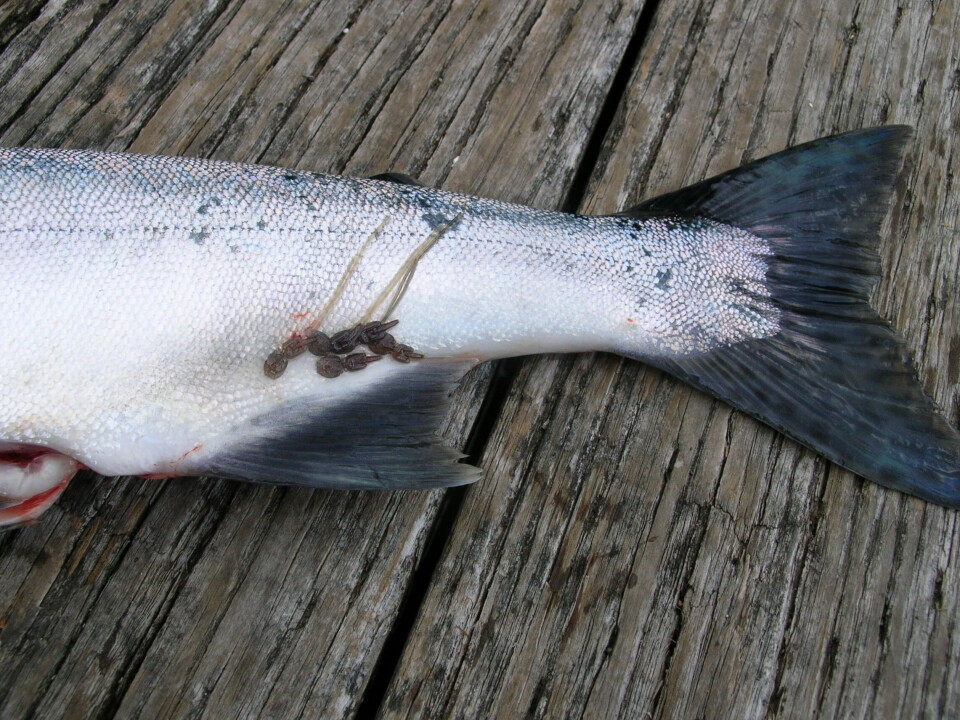
No resistant sea lice in British Columbia- yet
Current government regulations are forcing salmon farmers on Canada’s west coast to use a lot more of the one and only available chemical treatment for sea lice than what is necessary to protect the health of the farmed fish. SLICE® is the registered trade name for a sea lice therapeutant that contains Emamectin benzoate as the active ingredient, and which is the only registered compound available to the industry. The excessive numbers of expensive treatments mandated by regulations are only meant to reduce the amount of suggested negative impact by sea lice from farmed salmon on wild salmon, a relationship that has been widely promoted by environmental groups, but one that has been rejected by industry, governments and credible researchers.
The fact that unlike the situation in the Atlantic Ocean, where only a few hundred thousand Atlantic salmon will enter any one country’s river systems, Pacific salmon each year return from the open ocean by the millions- and all five species of them carry sea lice on them. These lice have likely never been exposed to any SLICE® treatments, and them and their off-springs (some of which would subsequently attach to farmed salmon) would therefore not be candidates for the development of resistance due to repeated exposure to the treatment.
Environmentalists in B.C.- many spurred on by the accusations of anti-salmon farming activist Alexandra Morton- have for some time insisted that there is evidence of resistance to SLICE® building within farmed salmon populations in B.C. The problem is that no such evidence exists, but speculation persists. Enter veterinary doctor Sonja Saksida, Executive Director of the Campbell River-based B.C. Centre for Aquatic Health Sciences, who recently posted the following Letter to the Editor in the Campbell River Courier-Islander ;
I would like to add comment to the letter "It's time to change" (January 7, Courier-Islander) which brings up the question of increasing resistance of sea lice to chemical controls (SLICE®) used in BC salmon farming. The letter's authors are correct that resistance to therapeutants, such as SLICE®, has been seen in other salmon farming jurisdictions and it is important to recognize that BC is not necessarily immune to this problem. There are, however, many significant differences between the circumstances in BC and those experienced elsewhere. While it would be incorrect to say that resistance could never develop, it is appropriate to say that current circumstances in BC do not support development of resistance.
Our facility, the BC Centre for Aquatic Health Sciences, has conducted research including analysis of treatment records (results of which have been peer-reviewed and published in the Journal of Fish Diseases), as well as laboratory testing, which subjects actual sea lice taken from farmed salmon to various levels of SLICE®, and has found no resistance. This testing is ongoing to ensure that, if there are any changes in sea lice susceptibility to SLICE®, these changes are monitored and responded to appropriately.





















































